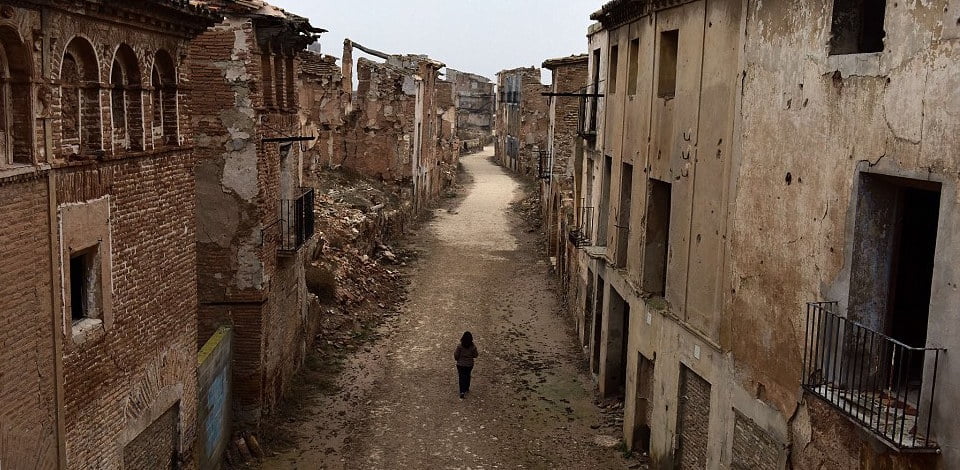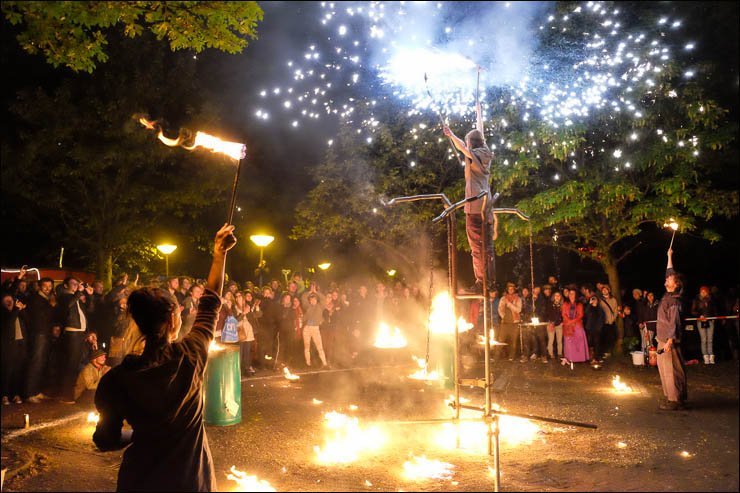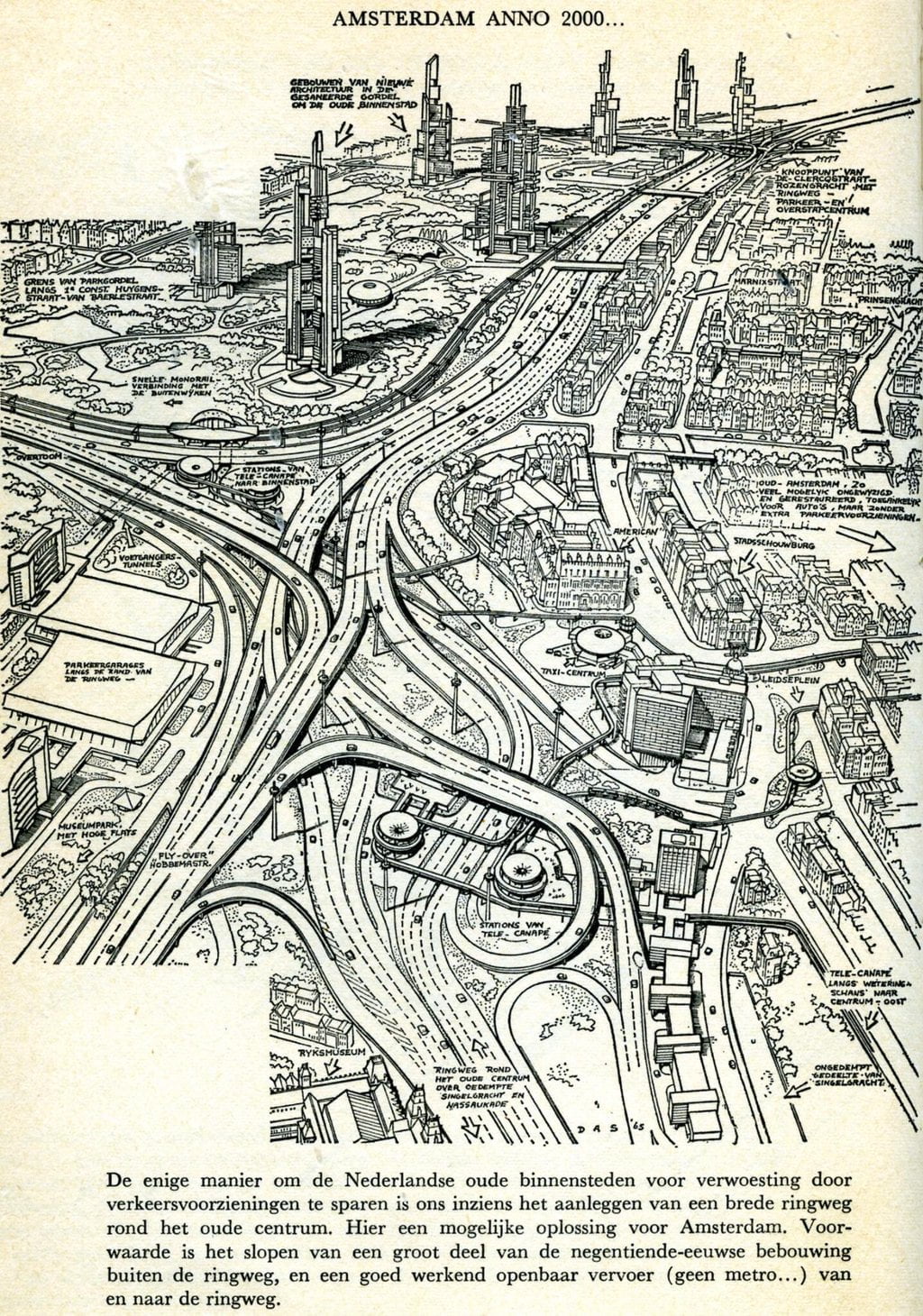How To Demolish A Community
At present I am an artist-in-residence in Bajesdorp, a small community in Amsterdam. However, perhaps not for very much longer.
The community is facing a difficult future.
The Dutch government has sold the land it stands on to a developer.
In a few short months they intend to take a sledgehammer to the place. The house I am living in will be one of the first to go.
Bajesdorp has existed as a sort of counter-culture village for approximately 15 years.
The village hosts regular events including pop-up markets, bicycle races, street football and basketball matches. There is also a yearly festival dedicated to unplugged music and other performances. The festival attracts artists and visitors from around the globe. The village also has a community house dubbed The Mutiny. A weekly event is held there with music and a pay-by-donation three-course meal.
The houses originally provided accommodation for guards working at the neighbouring prison. Gradually, over the years, there was less desire for guard accommodation next to the prison.
I am not surprised. I can’t imagine you would want to live so close to your work anyway.
The prison itself has been closed and now functions as housing for 1000 refugees. The prison offices have been converted into a community centre. This provides an outlet for the refugees, many of whom have gone through hell.
There is restaurant manned by the refugees themselves. There are creative spaces for small companies and artists. There is even a pop-up museum, open-air cinema and a cake-making facility for children.
It is a thriving community in itself.
The Bajesdorp village predominantly houses squatters. It is a very tight-knit community.
Alongside theatre makers, musicians and circus artists, there are carpenters, riggers, students and healthcare workers.
Many of the residents have had intimate experiences with the refugee crisis. They have manned rescue ships in the Mediterranean and traveled to Greece to participate in the life-saving missions there.
One of the residents runs a charity helping Syrians survive and rebuild in their own country. The village also hosts weekly lessons in the Dutch language to help the neighbouring immigrants adapt to their new country.
All this will go.
For some time now, Bajesdorp partnered with one of the developers to maintain their community.
This proposal appears to be nothing more than a lot of hot air. All promises have been broken.
Recently, news came that the first area to be flattened in preparation for new high-rise buildings will be Bajesdorp.
Even the idea of a competition for proposing a future for the prison and its surrounds appears to have been a smoke-screen.
It all boils down to money.
The Government accepted the proposal with the highest bid. This was from the same developers who were supposedly partnering with Bajesdorp.
Clearly a sense of community is immaterial for a government hell-bent on short-term gain. They ignored the local and city council who were behind keeping Bajesdorp.
Amsterdam is growing fast.
It is currently expanding in similar ways to how it did in the sixteenth century.
Change is coming, but at what cost the residents?
I recently came across a sketch for the future city planning of Amsterdam.
This was drawn up in the 1960s.
It looks scarily similar to what will be built in the Bajesdorp area.
Looking at the developer’s construction plans I am dismayed. The area will end up like many high density residential suburbs.
There will be a collection of tall buildings which will create canyons and funnel high winds down them. Effectively, any outdoor space will be deserted because of this.
The only park proposed for the area is on the present position of Bajesdorp.
I honestly cannot see a deserted park being a good replacement for a vibrant community. Can you?
Clearly, for the Dutch government, a well-established community has no value. It seems to be a worldwide epidemic. Governments have become self-serving and no longer serve the people who elect them.
But who am I? Just an artist who has found an inspiring place to work with a bunch of enlightened people.
I have completed writing, and published, two novels in my short time here. I doubt a deserted windswept park will generate the same amount of productivity.
Do you think established communities are worth saving?
Leave a comment below and leave your thoughts.


